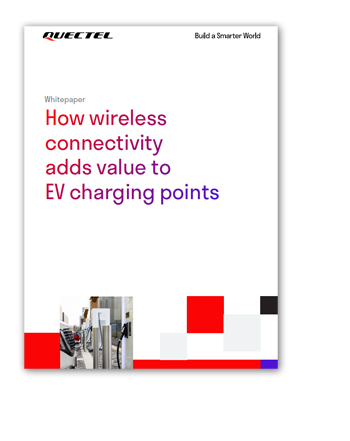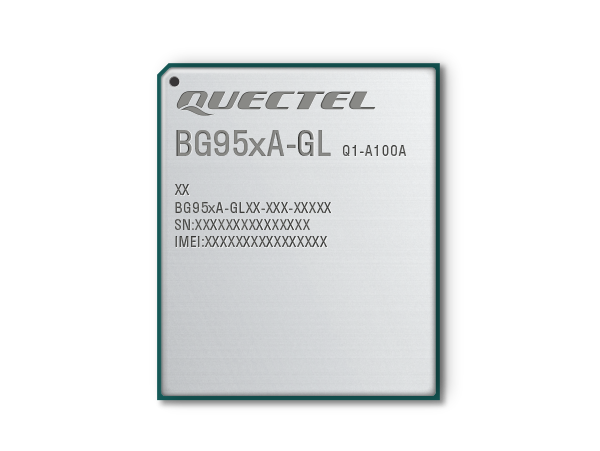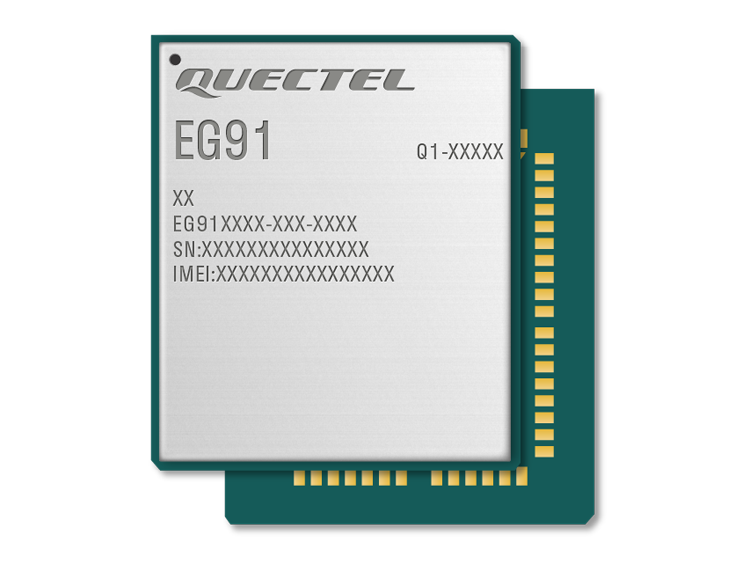Why wireless connectivity is driving EV charging point roll-outs and clearing the road ahead to provide a better customer experience
Uptake of electric vehicles is driving increased demand for electric vehicle (EV) charging and analyst firm Berg Insight predicts the number of connected charging points in the two regions will reach 7.9 million in 2025. This projected uptake reflects a steep increase in the number of electric cars being sold globally and BloombergNEF estimates that 2021 was another record year for EV sales with more than 5.6 million sold worldwide, in spite of pandemic-related supply chain constraints. This is 83% higher than sales in 2020 and an increase of 168% over 2019 sales, the firm has said.
It’s therefore clear that there will be millions of cars and also millions of charging points – but some markets will be find it challenging to have enough charging points to service the fleet of EVs in their territory. A race is on to roll out charging points that are capable of providing good experiences for their users and ease of management and operation for their owners. The challenges of achieving this dual goal are outlined in a new Quectel whitepaper, titled ‘How wireless connectivity adds value to EV charging points’. The paper explains the dynamics that are driving the EV charging market and details how wireless connectivity adds value to the charging point sector.
Connectivity essential to growth of EV charging market
Global deployments of EV charging stations are set to increase at a 31% CAGR to more than 66 million units by 2030 but this is not a unified global market. The paper details how charging habits are fragmented with the European market focused on home-based charging while the US and China see greater usage of public charging stations, perhaps because their larger geographies involve longer journeys and greater need to charge EVs away from home.

Although connected to the power grid and often in easily accessible places, EV charging points need communication capabilities. While the assumption is that fiber, fixed networks are available, this doesn’t take into account the reality of running cable to each of tens or hundreds of car parking spaces in a typical charging site. Wireless provides a means to rapidly and simply connect dense charging sites and can also provide a backup to help ensure charging points remain operational.
Uptime is essential to the business cases of charging operators who are motivated to maximize returns on their infrastructure investments. Systems that cannot connect, cannot broadcast their availability or enable users to be billed and wireless is therefore a well-matched solution.
IoT modules can support charge point operators
Wireless connectivity is needed so the charge point can enable users by metering usage, identifying users and billing accordingly. Connections are also essential so charge point operators can monitor site status in real-time in order to book maintenance, understand demand and ensure payment. Even in cases where fixed line connections are available, a wireless back up makes sense because, wireless connectivity can help ensure a charge point remain operational. In this competitive market in which customers rely intensively on access to charging, downtime is unacceptable and CPOs can’t afford reputational damage nor lost revenue from non-operational sites.
The paper also details how Quectel’s extensive portfolio of modules and antennas can specifically enable EV charging point operators deploy their products and help growth of the wider auto sector. The company’s BG950 and BG951 LTE Cat M1 modules are profiled alongside the EG91 LTE Cat 1 module series and the company’s comprehensive range of antennas.
To learn more about the road ahead for EV charging and how wireless connectivity is driving charge point availability, read the whitepaper ‘How wireless connectivity adds value to EV charging points’.

